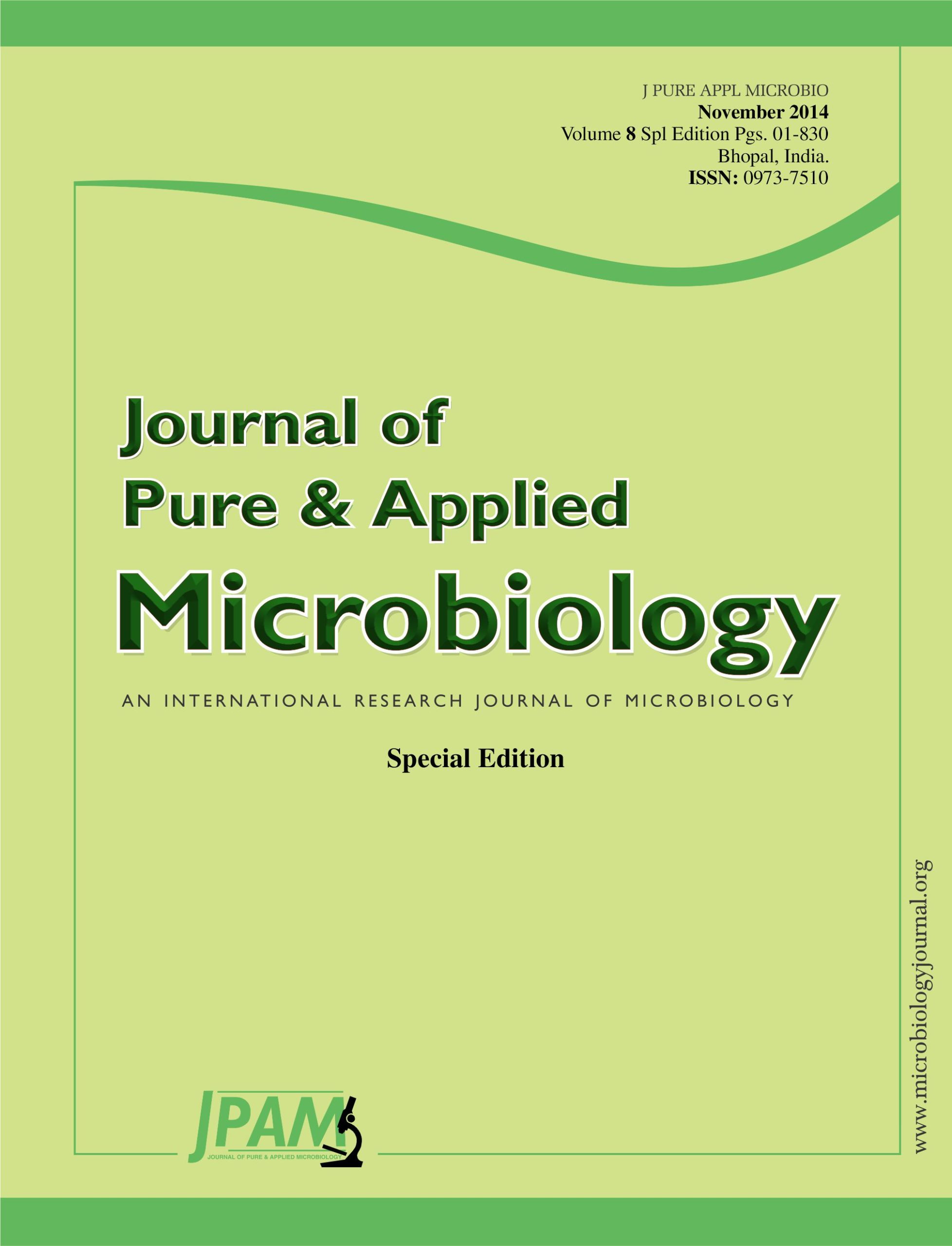In the present study, we have investigated the Echis pyramidum crude venom induced oxidative stress and apoptosis after 2, 4 and 6 hrs in livers of rats injected with the [LD50 and µ LD50. Wistar rats were randomly divided into 3 groups, the control group was intrapretoneal (i.p.) injected with saline while, [LD50 and µ LD50 doses envenomed groups i.p. injected with venom at a dose of 0.6325 and 1.265 mg/kg body weight, respectively. Animals were sacrificed after 2, 4 and 6 hrs from the injection. Lipid peroxidation, nitric oxide and glutathione levels as oxidative markers were measured in liver homogenate. In addition, liver functions parameter and activity of catalase were determined. E. pyramidum crude venom increased lipid peroxidation and nitric oxide production in liver with concomitant reduction in glutathione, catalase, and total antioxidant capacity. These findings were associated with apoptosis induction in the liver as indicated with the increment in BAX expression. In addition, E. pyramidum crude venom caused hepatic injury as indicated by histopathological changes in the liver tissue with an elevation in total bilirubin, serum alanine aminotransferase, aspartate aminotransferase and alkaline phosphatase. On the basis of the present results it can hypothesized that E. pyramidum crude venom is a potent toxins-mediated hepatotoxicity associated with apoptosis induction in the hepatic tisue.
Echis pyramidum venom, Hepatotoxicity, Oxidative stress, BAX, Rats
© The Author(s) 2014. Open Access. This article is distributed under the terms of the Creative Commons Attribution 4.0 International License which permits unrestricted use, sharing, distribution, and reproduction in any medium, provided you give appropriate credit to the original author(s) and the source, provide a link to the Creative Commons license, and indicate if changes were made.


